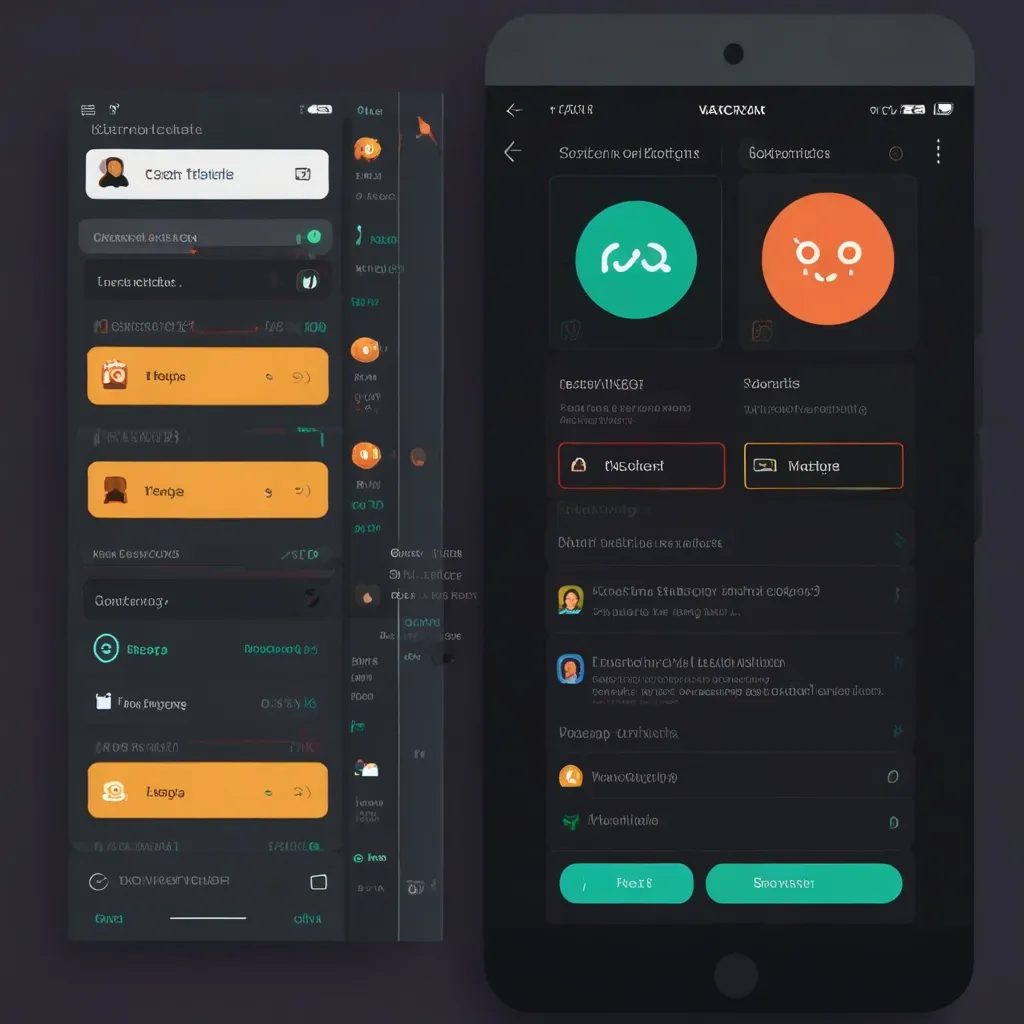When you’re developing web applications, managing who can access what is super important. You want to make sure that users can only interact with stuff they’re allowed to mess with. This is where Access Control Lists (ACLs) come in handy. Pair that with Express.js, and you’ve got a solid way to protect your app. Let’s dive into using ACL middleware to control permissions in Express.
Understanding ACLs
ACLs are like a set of rules you set up. These rules decide which groups of users can access specific resources and what they can do with them. Think of them as traffic lights guiding the flow of requests in your app. In the world of Express.js, ACLs help you manage who gets to do what.
Setting Up ACL Middleware
To start using ACL middleware in your Express app, you need a few packages. One popular choice is express-acl.
npm install express-acl
Once you have it, you need to set it up. This involves defining the rules for accessing your resources. You can keep these rules in JSON or YAML files.
const express = require('express');
const acl = require('express-acl');
const app = express();
acl.config({
baseUrl: 'api',
filename: 'acl.json',
path: 'config'
});
app.use(acl.authorize);
In this example, acl.config is used to load up the ACL rules from a JSON file called acl.json located in the config directory. The baseUrl option here points to the base URL for your API.
Defining ACL Rules
Now, let’s define some ACL rules in a JSON file:
[
{
"group": "user",
"permissions": [
{
"resource": "users/*",
"methods": ["GET", "POST", "PUT"],
"action": "allow"
}
]
},
{
"group": "admin",
"permissions": [
{
"resource": "users/*",
"methods": ["GET", "POST", "PUT", "DELETE"],
"action": "allow"
},
{
"resource": "admin/*",
"methods": ["GET", "POST", "PUT", "DELETE"],
"action": "allow"
}
]
}
]
In this setup, users in the user group can perform GET, POST, and PUT operations on users/* resources. On the other hand, folks in the admin group get to do all that plus DELETE operations and access /admin/* resources.
Using ACL Middleware in Routes
So, once you’ve set up the ACL middleware, you need to tell your routes to use it. Generally, you place the middleware right after authentication middleware. Here’s how:
const jwt = require('jsonwebtoken');
app.use(function(req, res, next) {
const token = req.headers['x-access-token'];
if (token) {
jwt.verify(token, 'your-secret-key', function(err, decoded) {
if (err) {
return res.send(err);
}
req.decoded = decoded;
next();
});
} else {
return res.status(403).send({ message: 'No token provided.' });
}
});
app.use(acl.authorize);
app.get('/users/:id', function(req, res, next) {
// This route is protected by the ACL middleware
res.send({ message: 'User details' });
});
In this snippet, jwt.verify checks the authentication token. If it’s all good, req.decoded is populated. The acl.authorize middleware then checks the user’s role permissions before allowing access to the route.
Handling Subpaths
Sometimes, you need to allow access to all subpaths under a certain path. You can do this with wildcards in your resource definitions:
[
{
"group": "admin",
"permissions": [
{
"resource": "/admin/*",
"methods": ["GET", "POST", "PUT", "DELETE"],
"action": "allow"
}
]
}
]
Here, the admin group gets access to all resources under /admin/.
Custom Error Handling
If someone tries to access something they’re not allowed to, you can customize the error message:
const configObject = {
filename: 'acl.json',
path: 'config',
denyCallback: (res) => {
return res.status(403).json({ status: 'Access Denied', success: false, message: 'You are not authorized to access this resource' });
}
};
acl.config(configObject);
When access is denied, the denyCallback sends a custom error response with a 403 status code.
Best Practices
Implementing ACLs is not just about writing a bunch of rules. There are some best practices to follow to make sure everything’s secure and runs smoothly:
- Never Trust the User: Always validate user permissions from a trusted source like a database or a validated JWT token. Never trust stuff coming directly from the user.
- Keep Code DRY: Avoid repetitive code. Split your middleware into roles specific middleware like
isAdminandisUser. - Use Middleware Correctly: Always place the ACL middleware after your authentication middleware to ensure only authenticated users are checked against ACL rules.
By using ACL middleware correctly and adhering to these best practices, you’ll have a secure and well-organized application. Managing access permissions will become a breeze, even as your app grows.






